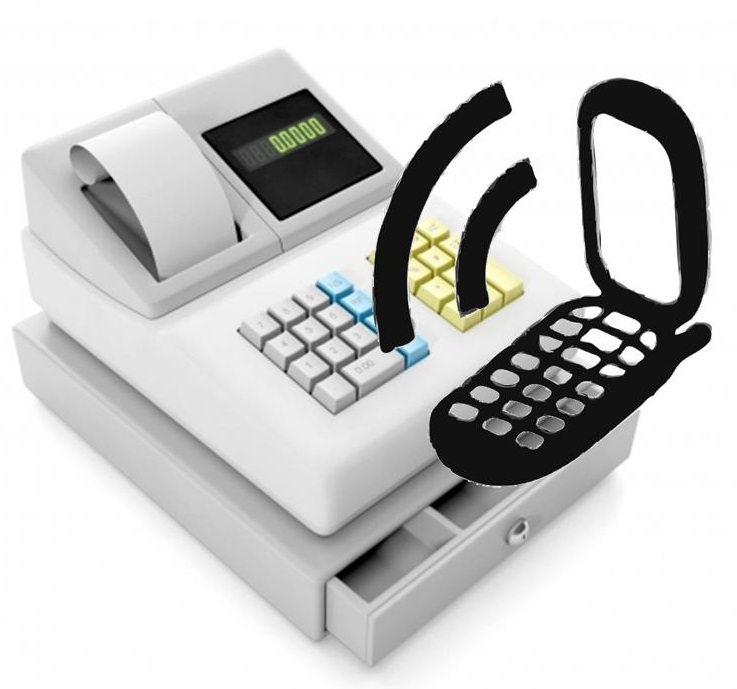This latest version of the device is lighter, more compact, and produces twice the number of prints.
LG has now developed a new version of its mobile printer, the Pocket Photo 2.0, that is being applauded a s a considerable improvement over the design and capabilities of its predecessor.
This device has improved on several different levels over the one that came before it.
The Pocket Photo 2.0 mobile printer is lighter than the first one, is more compact, which makes it easier to carry around, but it will also print twice the number of photos that its predecessor was capable of producing. For every charge, this little machine is capable of printing thirty prints. Furthermore, the developers have been able to shave a half hour off its charge time.
The mobile printer may be an LG device, but it is compatible with several operating systems.
The LG Pocket Photo 2.0 is compatible with Android, iOS, and Microsoft Windows, and can produce wireless printing through near field communication (NFC technology) and even through Bluetooth connectivity. The older version of this device was capable of supporting only NFC for Android smartphones, which had considerably limited its compatibility.
The printouts produced by this product feature a resolution of 313 dpi, and they measure 51 by 76 millimeters. It is now accompanied by an enhanced companion app that comes with a brand new set of features, including new filter effects and an option for augmenting frames. This model uses Zink printing technology, and its design has eliminated the need to have to replace ink, which is a very costly part of many printing devices.
This mobile printer is already available on retail shelves in China and will work its way around the rest of the world throughout this year. It is expected that the Pocket Photo 2.0 will also be showcased in Las Vegas at the CES 2014, which will run from January 7 through to January 10. Its increased compatibility with smartphones and other devices, as well as its more practical features could make it a considerable hit and will be certain to draw a lot of attention.

 Kiip notes that mobile traffic to retail sites has grown by an average of 39% over what it had been in 2012. Consumers are flocking to mobile retail sites in order to shop, especially during the holiday season. Retailers have been reporting a significant increase in mobile sales during the 2013 holiday shopping season as they find success with their mobile engagement initiatives.
Kiip notes that mobile traffic to retail sites has grown by an average of 39% over what it had been in 2012. Consumers are flocking to mobile retail sites in order to shop, especially during the holiday season. Retailers have been reporting a significant increase in mobile sales during the 2013 holiday shopping season as they find success with their mobile engagement initiatives.